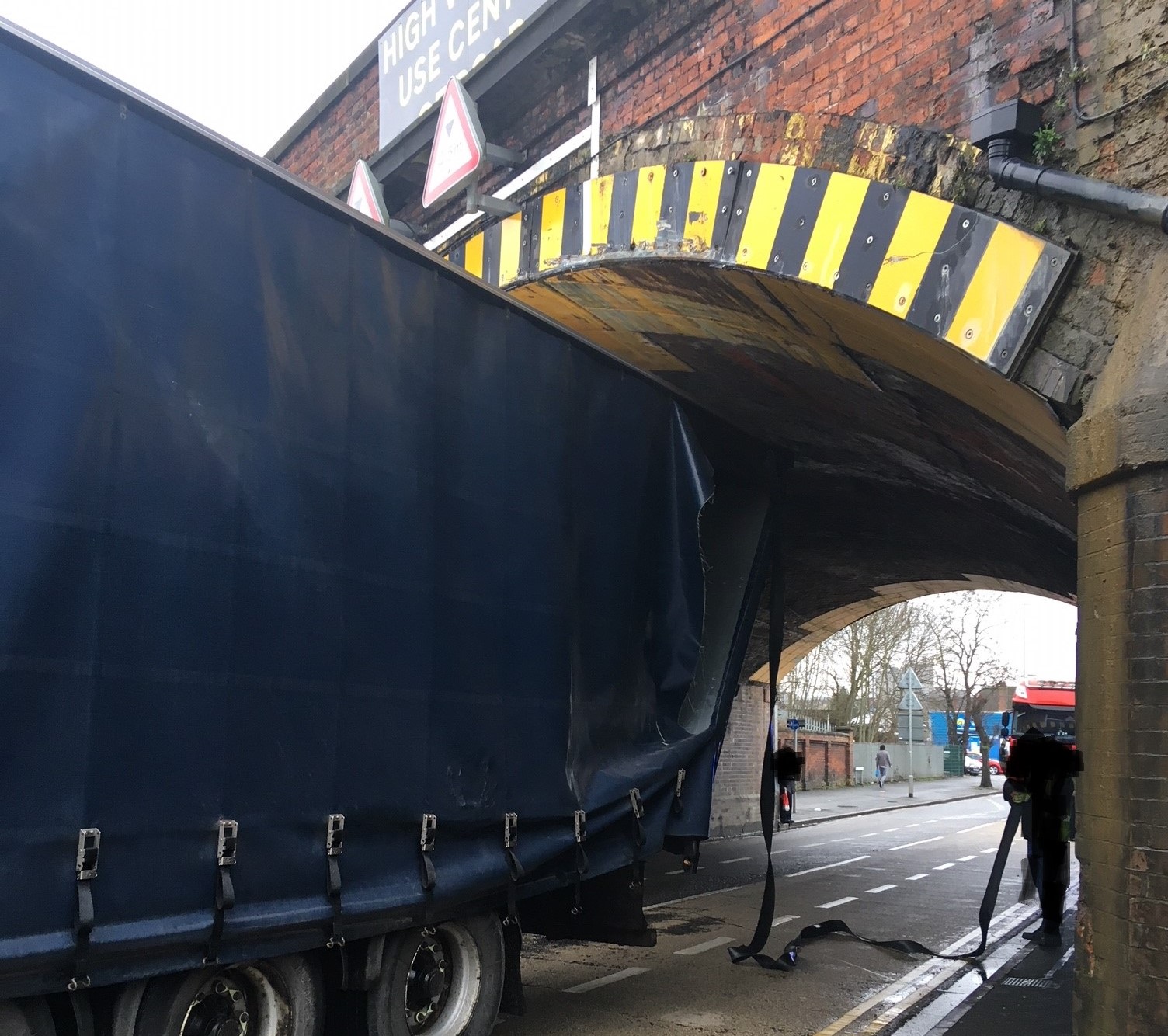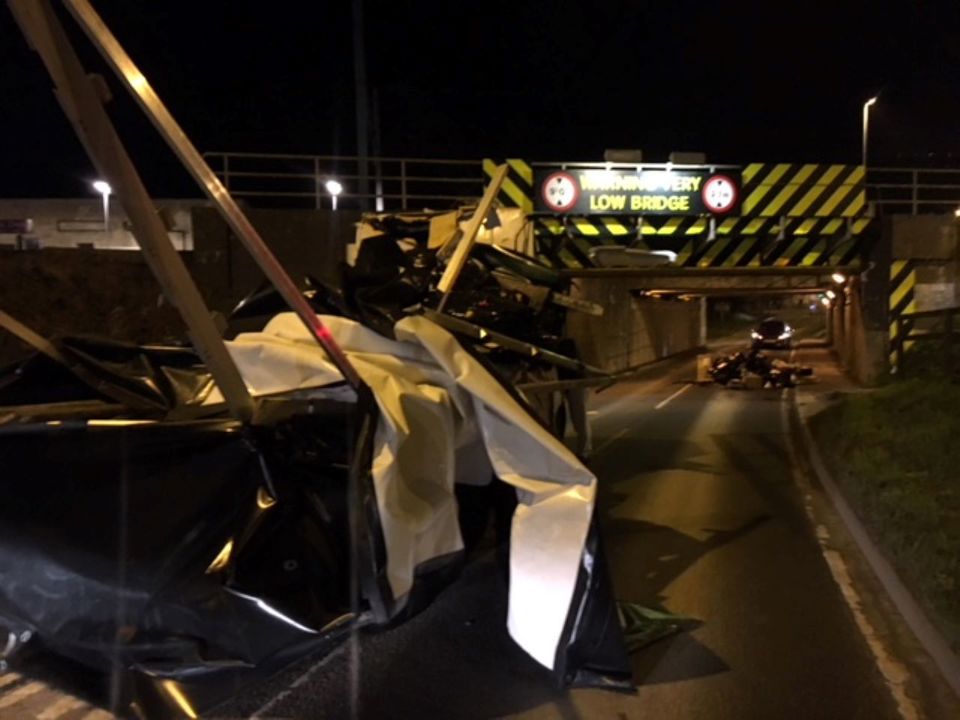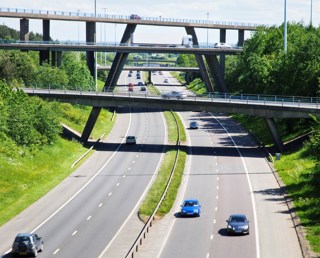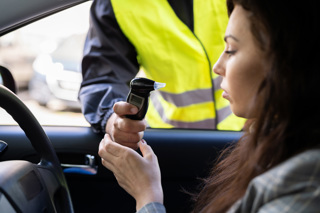Network Rail is reminding fleet operators and drivers to ‘wise up and size up’ after revealing Britain’s most bashed bridges.
The Stonea Road bridge on the B1098 is the most bashed bridge in Britain having been struck 33 times in the year ending March 2022.
Network Rail says that disruption caused by collisions with the Cambridgeshire bridge amounted to £10,526 in unnecessary train delay and cancellation costs.
Next on the list include Lower Downs Road in Wimbledon, South-West London, and Harlaxton Road bridge, Lincolnshire - struck 18 and 17 times respectively.
The latest figures come as Network Rail launches a new animation as part of its ongoing ‘Wise Up, Size Up’ campaign, reminding lorry drivers and haulage operators to take better care by knowing the height of their vehicles and choosing suitable routes before they head out on journeys.
The animation is designed to warn HGV drivers that life is not like the cartoons and to take a moment to think before taking a risk when approaching low bridges.
Network Rail works with a number of railway industry partners to tackle bridge strikes, including National Highways, the Driver and Vehicle Standards Agency (DVSA) and hauliers.
While incidents have reduced in recent years, numbers have steadily started to creep up again - coinciding with an estimated increase in traffic volume on Britain’s roads.
Overall, provisional estimates show motor vehicles travelled 318.6 billion vehicle miles in Great Britain from April 2021 to March 2022 - a 29.7% increase compared to the year ending March 2021.
Lorry traffic, in particular, increased by 10.1% to 17.8 billion vehicle miles.

Sir Peter Hendy, chair of Network Rail said: “Bridge bashers cause serious safety issues on the transport network for both road and rail users.
“Every incident can delay tens of thousands of passengers while we inspect the bridge and repair any damage – creating a huge cost from public funds.”
He added: “During this very busy time of year for deliveries, we urge operators and drivers to properly plan their routes, know the height of their vehicles and be vigilant for road signs showing the height of bridges.
“We will report those who don’t to the Traffic Commissioners, and they risk losing their licenses and livelihoods.
“Network Rail always looks to recover the entire repair and delay costs from the driver and the operator.”
Network Rail’s 4E’s initiative - education, engineering, enablement and enforcement - aims to ensure haulage companies and their drivers are provided with the knowledge and tools they need to avoid striking bridges.
As part of this ongoing initiative, Network Rail has a team of bridge strike ‘champions’ covering each route across Britain, who raise awareness of the issue by visiting haulage companies and lead in managing bridge strike risk locally.
Most struck railway bridges in Britain 2021/22
- Stonea Road, Stonea, Cambridgeshire 33 strikes
- Lower Down’s Road, Wimbledon, London 18 strikes
- Harlaxton Road, Grantham, Lincolnshire 17 strikes
- Abbey Farm, Thetford, Norfolk 15 strikes
- Stuntney Road, Ely, Cambridgeshire 12 strikes
- Harefield Road, Brakespeare Road South, West Ruislip, London 12 strikes
- Station Road B4105, Berkswell, Solihull 12 strikes
- Station Road, Langley, Berkshire12 strikes
- St John’s Street, Lichfield, Staffordshire 11 strikes
- Coddenham Road, Needham Market, Suffolk 10 strikes
Bridge strikes reported across the railway network in the past five financial years
Year 2017/18 – 2,039 strikes
Year 2018/19 – 1,926 strikes
Year 2019/20 – 1,720 strikes
Year 2020/21 – 1,624 strikes
Year 2021/22 – 1,833 strikes






















Login to comment
Comments
No comments have been made yet.